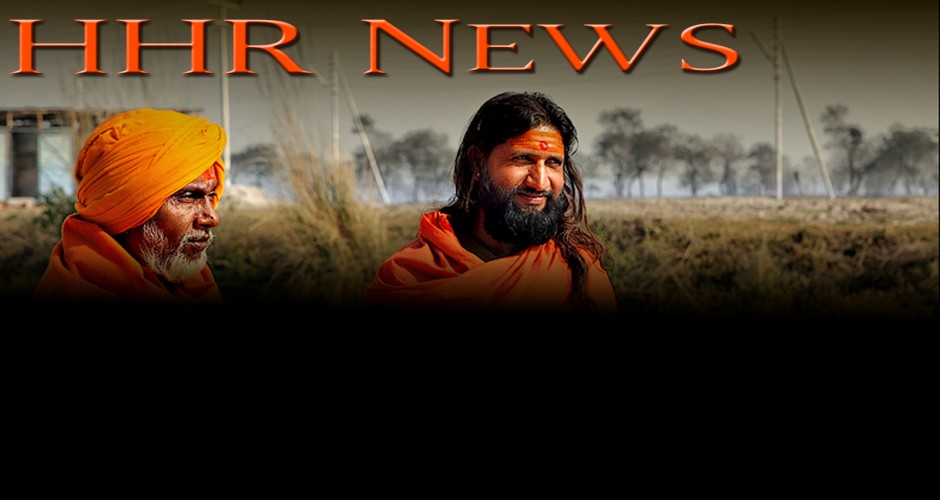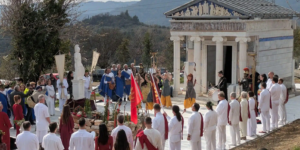In a matter of a few 100 years, between the accounts of traveller Alberuni and Mirza Haider, Kashmir became a changed land
A stark contrast on Kashmir emerges from the Tarikh-i-Rashidi written in the 1540s by Mirza Haider. The narrative on Kashmir in the Tarikh-i-Rashidi begins in Chapter 94 following the conquest of Tibet and the entry into Kashmir via present day Baltistan. Charmed by the climate in Kashmir, the author says, “…I have neither seen nor heard of any country equal to Kashmir, for charm of climate…” The narrative then goes on to recount that the “first and foremost wonders of Kashmir were her idol temples” with a number of 150 temples quoted. A reference to the inaccuracies in the Zafarnama on the description of Kashmir follows with a detailed extract from the Zafarnama. The 100th chapter of the Tarikh-i-Rashidi gets to the subject of the Islamisation of Kashmir.
The chapter titled The conversion of Kashmir to Islam and a short account of the Musulman Sultans of Kashmir describes the conversion of Kashmir as a “relatively recent event”. The story goes according to the Tarikh-i-Rashidi that “a certain Sultan Shamsuddin came thither disguised as a kalandar. At that time there was a Governor in every district of Kashmir. There was also a queen into whose service Sultan Shamsuddin entered. After a short time the queen desired to marry Sultan Shamsuddin, and not long after this event his power became absolute throughout Kashmir.”
A couple of generations later, the narrative goes, Shamsuddin’s great-grandson took over — “Qutubuddin died in less than 40 days and was succeeded by his son Sultan Iskandar who established the Musulmiin faith and destroyed all the idol temples”.
The translator, Mr Elias’ notes add that around the year 1380 a massive influx of Persian Sayyids occurred to which is attributed this conversion of Kashmir. The next chapter gets into the sectarian composition of the Muslim population of Kashmir. The narrative in this chapter is quite damning of what Mirza Haider thought were heresies. A long rant follows on what Mirza Haider calls the “corrupt form of religion” introduced by Nurbakshi.
The narrative further goes on to describe a fatwa issued against the heresies which among other things declared that, “…it is the duty of such as have the power to obliterate such a book and a religious necessity for them to stamp out and extirpate this sect, to prohibit persons from following it and acting according to its dogma. If they persist in their belief and abandon not their false creed it is necessary for the security of Musulmans from their evil example to repulse them with chastisement and even death…”
The narrative concludes with further criticism of the Sufis while taking heart in the fact that few in Kashmir dared to openly profess the Sufi faith. Thus, in a matter of a few 100 years between the accounts of Alberuni and Mirza Haider, Kashmir went from being a “High School of Hindu Sciences” to a land of Islamic sectarian intrigue.
Shashi Shekhar
source
































::((